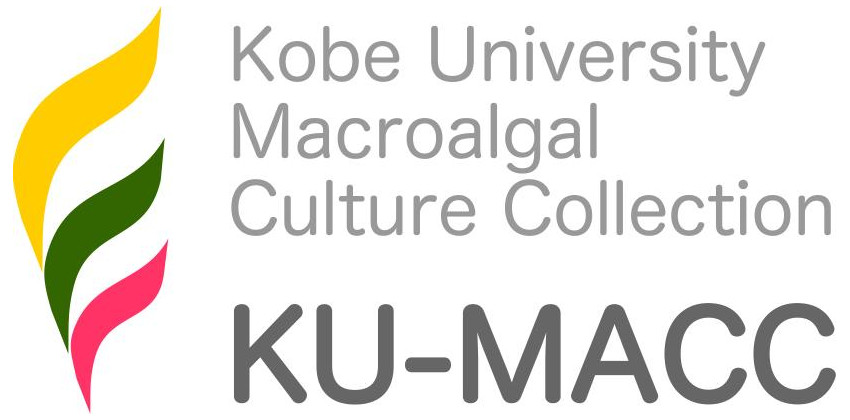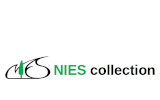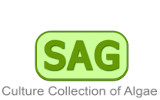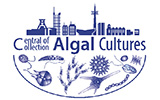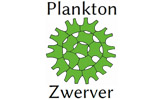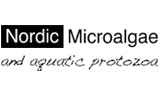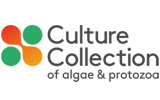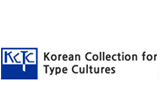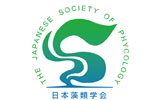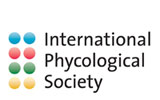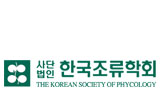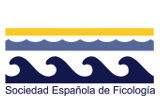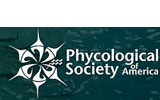Fragilaria alpestris Krasske 1931
Publication Details
Fragilaria alpestris Krasske 1931: 165, fig. 673 B
Published in: Hustedt, F. (1931). Die Kieselalgen Deutschlands, Österreichs und der Schweiz unter Berücksichtigung der übrigen Länder Europas sowie der angrenzenden Meeresgebiete. Bd. VII: Teil 2: Liefrung 1. In: Rabenhorst's Kryptogamen Flora von Deutschland, Österreich und der Schweiz. (Anon. Eds), pp. [1]-176. Leipzig: Akademische Verlagsgesellschaft m.b.h..
Publication date: Nov 1931
Type Species
The type species (lectotype) of the genus Fragilaria is Fragilaria pectinalis (O.F.Müller) Lyngbye.
Status of Name
This name is of an entity that is currently accepted taxonomically.
Type Information
Type locality: Ötztal, Zwieselstein, Austria; (Hustedt 1931: 165) Lectotype (designated by Lange-Bertalot & al. 1996: 82): G. Krasske; 9 VII 1927; KASSEL; Krasske sample 1471 (B I 24) (Lange-Bertalot & al. 1996: 82) Notes: "Ötztal, feuchte Felsen links der Ache unterhalb Zwieselstein" (see Van de Vijver & al. 2020: 3).
Origin of Species Name
Adjective (Latin), alpine.
General Environment
This is a freshwater species.
Created: 11 April 2002 by M.D. Guiry.
Last updated: 13 December 2023
Verification of Data
Users are responsible for verifying the accuracy of information before use, as noted on the website Content page.
Taxonomic note
"Van de Vijver et al. (2020) publizierten eine ausführliche Studie über diese Art. Neben einer detaillierten Beschreibung anhand von Typusmaterial diskutieren sie auch die verschiedenen Abbildungen in der Literatur. Dabei kommen sie zu dem Schluss, dass Funde von außerhalb der Alpen durchweg andere Arten repräsentieren und F. alpestris in ihrer Verbreitung auf die Alpen beschränkt ist. In der eigenen Sammlung befinden sich mehrere Proben aus den Nord- und Südalpen mit Formen, die mit dem Lectotypus übereinstimmen. Alle, wie auch weitere bestätigte Vorkommen in der Sammlung Krasske, stammen von feuchten Felsen. Die Art lebt sowohl auf Urgestein als auch auf Kalkfelsen und bildet keine Kolonien, es wurden nie mehr als zwei verbundene Zellen beobachtet. An manchen Stellen neigt sie zur Ausbildung teratologisch verkrümmter Umrissformen. In der aktuellen Roten Liste für Deutschland (Hofmann et al. 2018) wird sie als "selten" eingestuft, sie scheint aber an geeigneten Standorten öfter vorzukommen." (Reichardt 2023: 118). [Van de Vijver et al. (2020) published a detailed study on this species. In addition to a detailed description based on type material, they discuss also the various illustrations in the literature. This is what they come to Conclusion that finds from outside the Alps consistently represent other species and F. alpestris is restricted in its distribution to the Alps. In your own The collection includes several samples from the Northern and Southern Alps Forms consistent with the lectotype. All of them, as well as others confirmed occurrences in the Krasske collection come from moist rocks. The species is alive both on primary rock and on limestone rocks and does not form colonies, there were never observed more than two connected cells. In some places it tends to formation of teratologically distorted outlines. In the current red list for Germany (Hofmann et al. 2018) it is classified as "rare", it seems but occur more often in suitable locations.] - (13 December 2023) - M.D. Guiry
Linking to this page: https://www.algaebase.org/search/species/detail/?species_id=33548
Citing AlgaeBase
Cite this record as:
M.D. Guiry in Guiry, M.D. & Guiry, G.M. 13 December 2023. AlgaeBase. World-wide electronic publication, National University of Ireland, Galway. https://www.algaebase.org; searched on 25 May 2025
